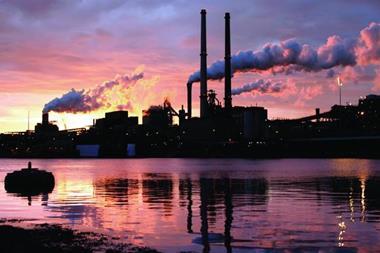Appleton says Fox River PCB clean-up is still long way from being funded
A jury has ruled that Appleton Papers' insurers are liable to cover a share of the costs of clean up of PCB contamination in the Lower Fox River, Wisconsin.
Pamela Barker, executive director of environmental health and product safety and assistant general counsel for Appleton, said: ‘The jury’s verdict answers the question whether the company had insurance coverage to cover the clean up of the river…Unfortunately, we expect the decision to be appealed and there is still the question of how to allocate those costs among the insurance companies.
Barker added the case and the issue of allocation could proceed for several years more, adding that given the size of the clean up costs, the insurance companies might appeal the case all the way to the Wisconsin Supreme Court.
“We believe it is best to get on with the clean up of the river than to spend years in the courtroom arguing over which insurance carrier pays how much,” said Barker.
Barker said she is confident in Appleton’s case before the higher courts since the Wisconsin Supreme Court has already ruled that environmental contamination is an item covered by general liability insurance policies. In 2003, the Wisconsin Supreme Court ruled in a case involving Johnson Controls, Inc. that general liability insurance polices must cover environmental clean ups.
The issue of allocation, however, has not been tested before the court and could take years to decide, although the U.S. Court of Appeals for the Seventh Circuit has referred the issue to the Wisconsin Supreme Court. In the interim, the Wisconsin Department of Natural Resources and United States Environmental Protection Agency have ordered Appleton and seven other paper companies to begin the cleanup in 2009.
Said Barker. “We are hopeful that our insurance carriers can now assist us in making the cleanup a reality.”
The Lower Fox River, located in northeastern Wisconsin, begins at the Menasha and Neenah channels leading from Lake Winnebago and flows northeast for 39 miles where it discharges into Green Bay and Lake Michigan.
The river has 12 dams and includes the highest concentration of pulp and paper mills in the world.

















No comments yet